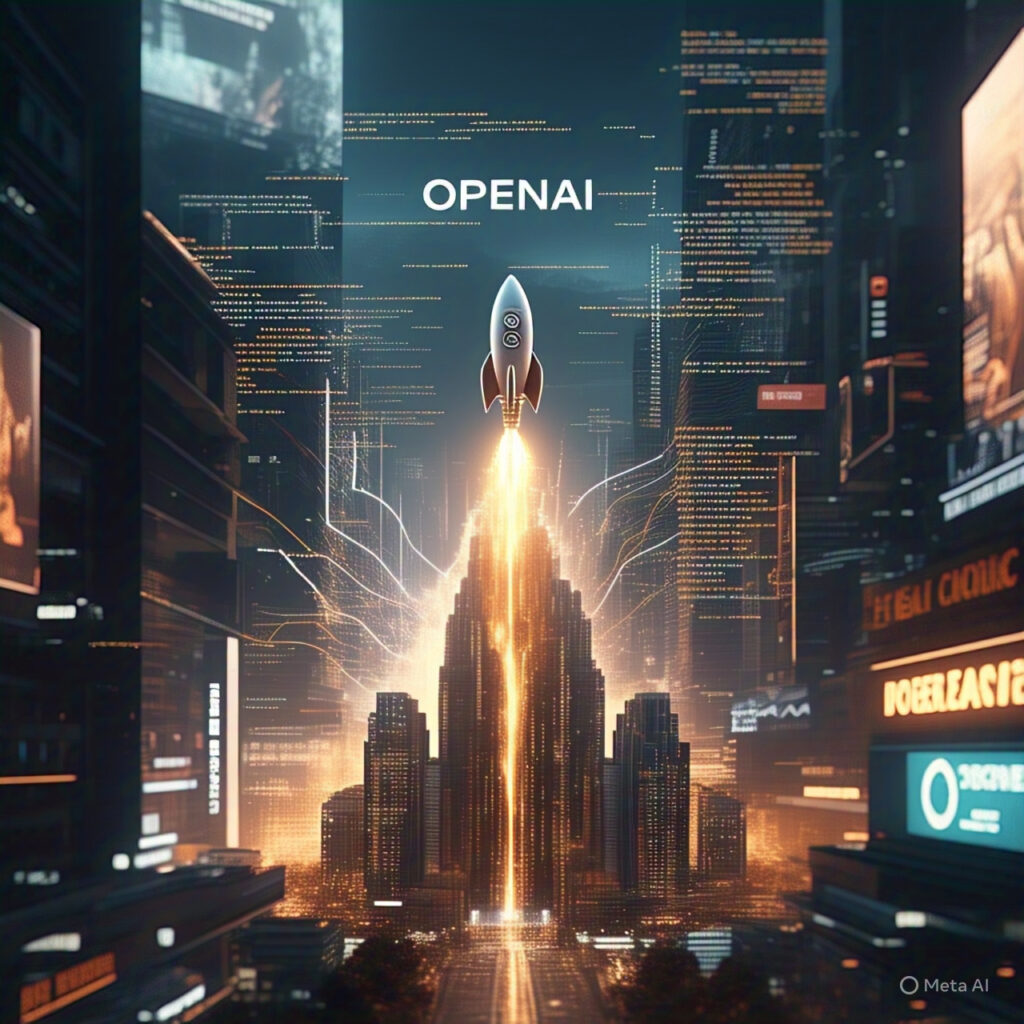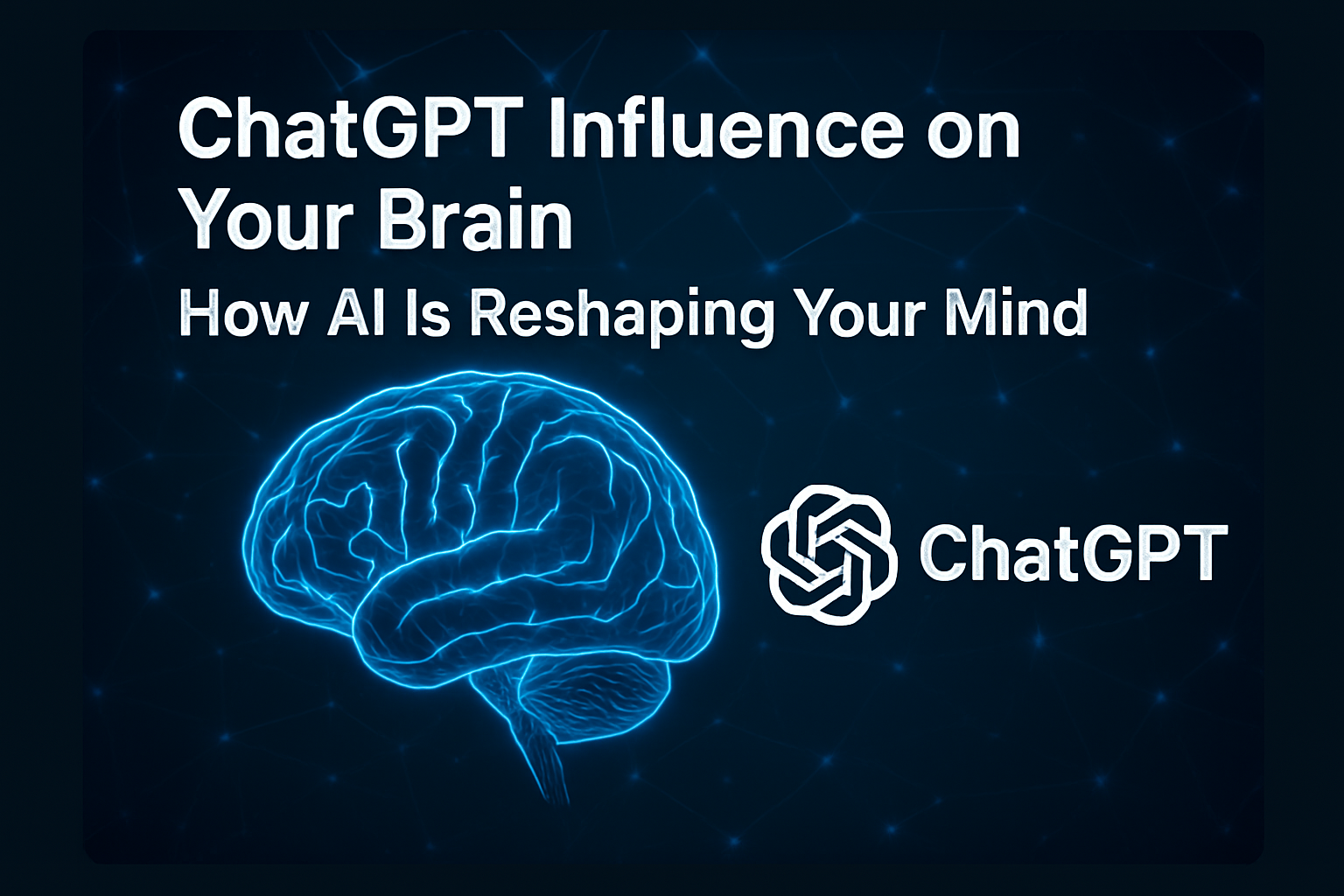Introduction
OpenAI GPT-4 API is becoming one of the most impactful AI tools today. Digital transformation in business is powered by advanced technologies, with artificial intelligence (AI) leading the way. It enables businesses and developers to create innovative solutions using natural language processing (NLP). Whether you seek virtual customer support, high-quality content, or intelligent applications, GPT-4 API integration unlocks endless possibilities.
This article explores how to integrate GPT-4 into your business, the benefits it offers, and the steps to enable this integration effectively.
What is OpenAI GPT-4 API?
The GPT-4 API is the latest version of OpenAI’s language models, outshining its predecessors in text quality, accuracy, and flexibility. Implementing it can enhance customer experiences, automate tasks, and inspire new product ideas.

Manual vs. AI-powered workflow: a visual comparison of traditional business processes versus GPT-4 automated efficiency.
Benefits of OpenAI Sychronization
1. Automating Customer Support
Businesses aiming to improve customer interactions can benefit from GPT-4 API. It provides excellent solutions, allowing companies to create advanced chatbots that respond to queries instantly. These virtual assistants can handle tasks like resolving common questions, managing orders, and offering tailored solutions.
2. Content Generation
Creating engaging content often demands significant time and effort. With the GPT-4 API, content creators can easily generate posts, product descriptions, social media content, and emails. This AI tool saves time while producing high-quality content quickly.
3. Enhanced Business Intelligence
Additionally, GPT-4 can improve decision-making by analyzing large amounts of data. It identifies trends and provides valuable insights based on the information, guiding businesses in their choices.
How to Integrate OpenAI API?
Now that you’re familiar with the benefits of merging GPT-4 into your system using its API, let’s review the installation process. Below are the steps to help you easily navigate the technical details.
Step 1: Sign Up for OpenAI API Access
First, sign up for an account on OpenAI’s platform. Once registered, you will receive an API key. This key allows you to authenticate requests and interact with the GPT-4 model.
Step 2: Choose Your Programming Language
The GPT-4 API supports various programming languages, including Python, JavaScript, and Node.js. OpenAI provides ready-made tools and step-by-step instructions, making integration straightforward.
Step 3: Develop Your Application
After obtaining the API key and selecting your programming language, it’s time to build your application. Whether you’re creating a chatbot, content generator, or AI assistant, use the API to send prompts to GPT-4 and process its responses.
Here’s a basic Python code snippet to set up and interact with the GPT-4 API:
import openai
Openai.api_key = ‘your-api-key’
response = openai.Completion.create(
engine=”text-davinci-004″,
prompt=”Write a blog post about the future of AI in business.”,
max_tokens=200
)
print(response.choices[0].text)
This code connects with the GPT-4 model and generates output based on the provided prompt. You can modify it according to your application’s needs.
Step 4: Test and Optimize
Before launching your application, make sure that the integration should be completely tested. First of all Check response times, accuracy, and overall performance and then you may also need to enhance your code to handle large volumes of requests, ensure API rate limits are respected, and adjust the responses based on user feedback.
Target Audience for GPT-4 API Integration
OpenAI GPT-4 API is helping a large number of people from businesses to individual creators. Let’s take a look who can got success from this technology:
1. Small and Medium Enterprises (SMEs) –SMEs gain significant advantages by automating customer support and content creation, saving costs and improving efficiency.
2. Content Creators and Marketers – Bloggers, social media managers, and marketers use it to create engaging content.
3. Developers – Tech enthusiasts and developers utilize it for building custom applications like chatbots or virtual assistants.
4. E-commerce Platforms – Online retailers leverage it for chatbots and AI-driven tools to enhance customer experiences.

A brand accelerating like a rocket with digital AI trails, symbolizing growth and innovation in the era of GPT-4 and OpenAI.
Conclusion
Integrating the OpenAI GPT-4 API into your business can transform your operations. It automates tasks, speeds up content creation, and enhances customer interactions. You don’t need extensive tech knowledge—just follow a few simple steps to explore how GPT-4 can simplify your work and boost productivity. Whether you manage a small enterprise, create content online, or develop applications, integrating the GPT-4 API is a smart move for the future. Stay updated with OpenAI’s new features and upgrades to maximize your AI tools and maintain a competitive edge.
